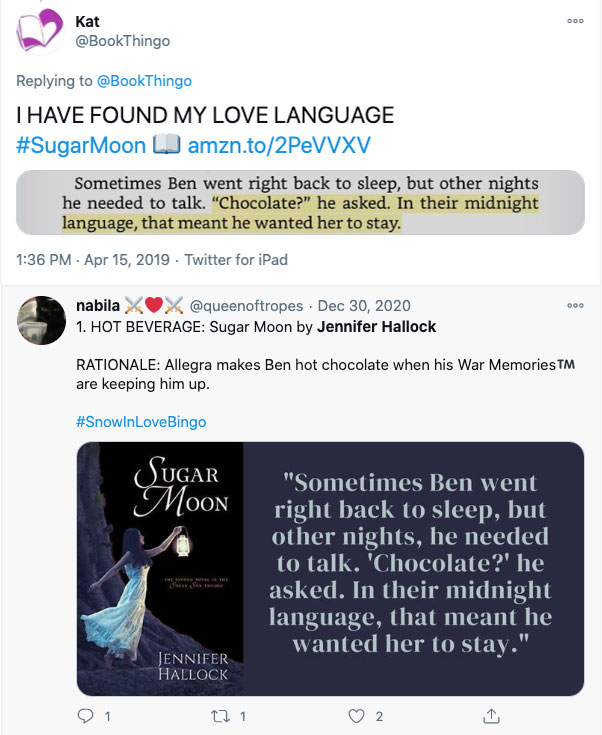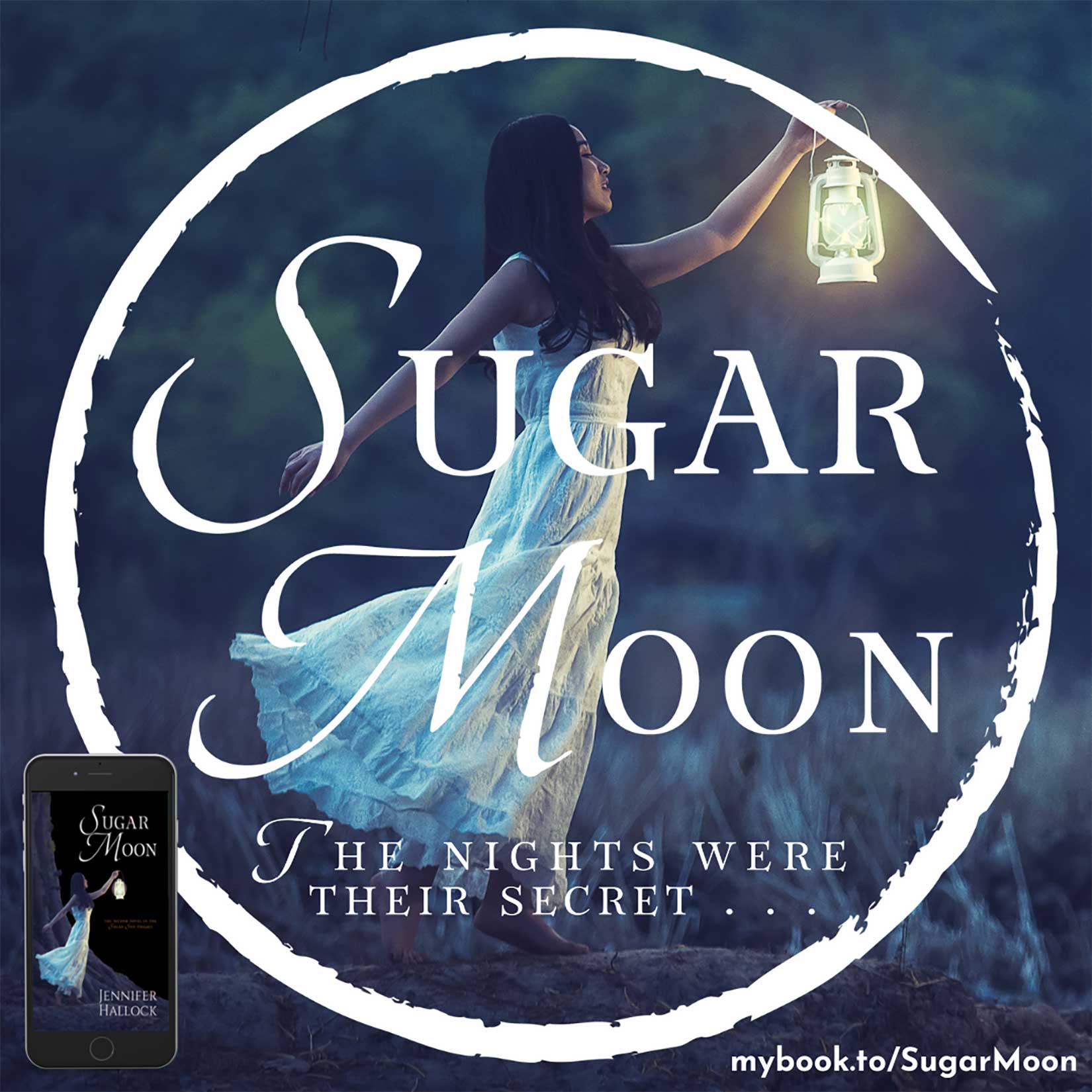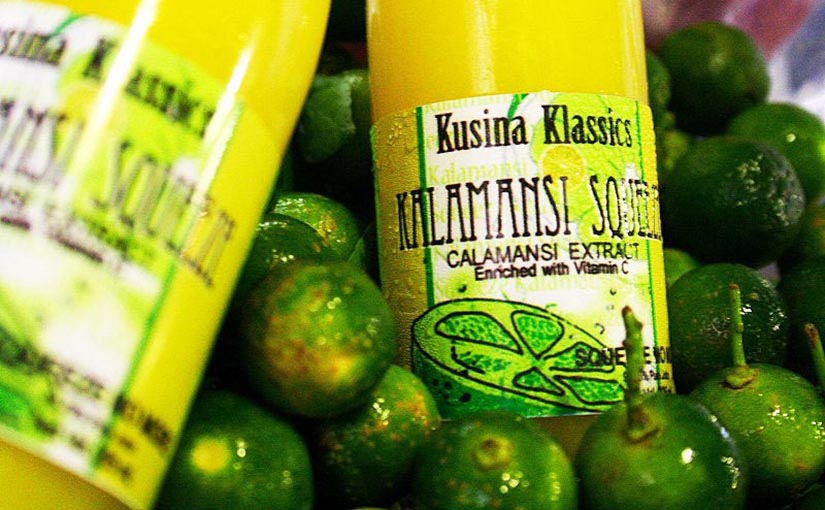Being colonized by Spanish priests put more emphasis on otherworldly bliss rather than good old-fashioned worldly bliss, like cooking. However, the Spanish did chocolate well, and, in the end, isn’t that all that matters? One might think that hot chocolate would not be desirable in a tropical country, but it was not always served steaming hot. And for several months, the weather in the islands can be downright cool—okay, “coolish” to New Englanders. And, okay, only in the mornings, but this is when tsokolate is served. Chocolate in the mornings? Sign me up!
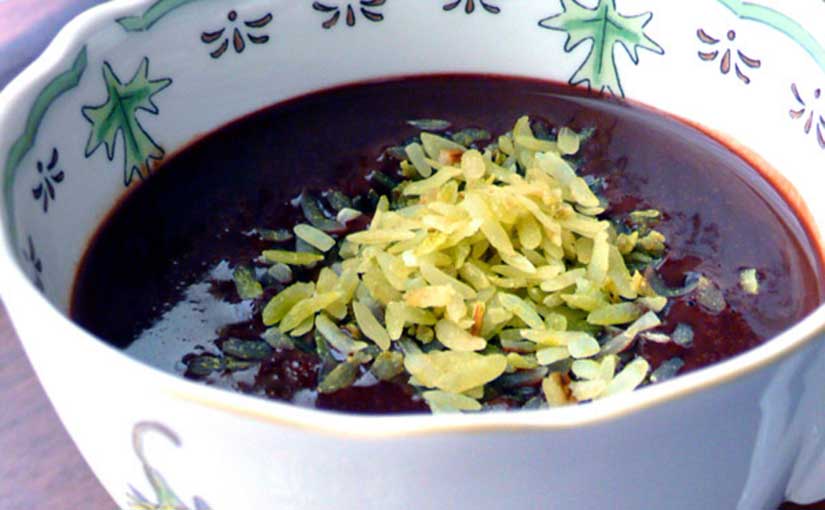
Making it in the early 1900s went like this. First, you had to be sure your lechera (milkmaid) had come and filled the earthen jar in your kitchen. She probably did that in the wee hours of the morning, so you’re good. Grab your chocolatera—the brew pot, maybe made of blue enameled metal—and add milk, a chocolate tablea or two (sold in tiny cacao hockey pucks or even handmade balls with ground cashew nut), sugar, and sometimes egg white.
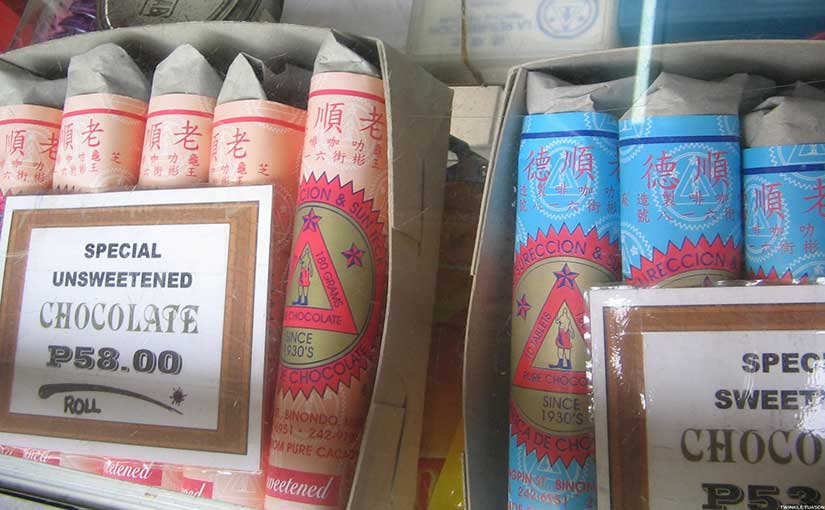
The trick is that you cannot just let it burn on the range. You must constantly mix and beat it with your batidor, the wooden implement in the picture above. You swirl the batidor between your palms and it smooths and froths as you cook. The result is thicker and less sweet than American hot chocolate, but it is more true to the Mesoamerican drink the Spanish adopted. Check out this site for great action photos!


